Is Glass Considered Biodegradeable Material? A Comprehensive Look at Its Environmental Role

About Author: Lucas Ji
Founder of UKPACK, Chief Packaging Designer with 18 years of experience, Red Dot Award Winner
Specialize in custom, innovative, and sustainable packaging solutions for cosmetics, skincare, personal care, hair care, food and beverage, and more.
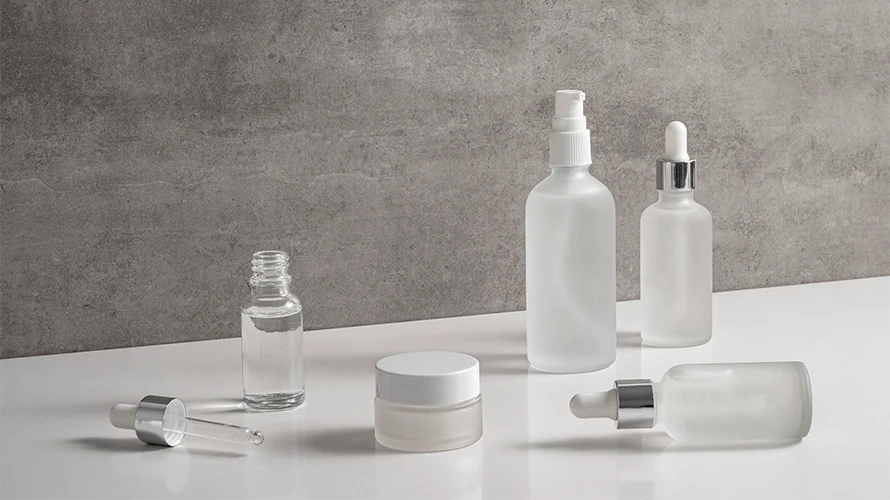
- A composición e as características do vidro
- Vidro e biodegradabilidade: cal é o negocio?
- O impacto ambiental do vidro
- O aspecto da reciclaxe: o superpoder oculto do vidro
- Que tipos de vidro son reciclables?
- Por que algún vidro non é reciclable?
- Pódese reciclar o vidro roto?
- Cal é a forma máis ecolóxica de eliminar o vidro?
- Residuos de vidro en vertedoiros e océanos: o impacto a longo prazo
- Novas Tecnoloxías e Desenvolvemento Sostible
- Como reducir os residuos de vidro na túa vida diaria
- Conclusión
- FAQs
- Fontes:
Hey there! Have you ever found yourself digging through your recycling bin, pondering whether your glass bottle is a friend or foe to the environment? As we become more eco-conscious, the materials we use can feel like a double-edged sword. Glass is often touted as a more sustainable alternative to plastic, but does that mean it’s biodegradable? In this article, we’ll dive deep into the world of glass, exploring its environmental role and addressing that burning question: is glass considered a biodegradable material? Buckle up; it’s going to be an enlightening ride!
The Composition and Characteristics of Glass
Let’s kick things off with the basics. What exactly is glass? It’s a fascinating material made primarily from natural components like silica (yep, that’s sand!), limestone, and soda ash. When these ingredients are heated to incredibly high temperatures (think between 1400°C and 1700°C), they melt together to form a liquid. As this liquid cools, it solidifies into the transparent, hard substance we know and love as glass.
One of the standout traits of glass is its durability. Unlike many other materials that wear down over time, glass is incredibly resilient. It won’t break down under normal environmental conditions. This is great news for products like windows and containers, but it raises some eyebrows when we talk about waste. After all, if glass lasts indefinitely, what happens when we throw it away?
In contrast, materials like alumina ceramic, which is made primarily from aluminum oxide (Al₂O₃), also share remarkable durability and resistance to wear. However, while glass is often transparent and used in applications like containers and windows, alumina ceramic is widely valued in industries that require high resistance to heat and corrosion, such as electronics and aerospace. Both materials highlight the versatility and resilience of inorganic compounds, but they cater to very different needs and environments.
Glass and Biodegradability: What’s the Deal?
Now, let’s address the elephant in the room: biodegradability. When we talk about biodegradable materials, we refer to those that can be broken down by microorganisms, returning to nature over time. Think food scraps or fallen leaves—these materials decompose, enriching the soil.
Glass, on the other hand, is in a league of its own. It does not biodegrade. Instead, it remains intact, often for thousands of years, in landfills or the environment. The structure of glass is just too stable; microorganisms aren’t interested in taking a bite out of it. So, if you’re looking for a material that breaks down easily, glass is not your go-to option.
The Environmental Impact of Glass
Chemical Stability: A Blessing and a Curse
So, if glass isn’t biodegradable, does that mean it’s bad for the environment? Not necessarily! One of the significant advantages of glass is its chemical stability. Unlike plastic, which can leach harmful substances into the soil and water, glass is inert. This means it won’t react with its surroundings or release toxins. When you toss a glass bottle into nature, it won’t contaminate the land or water like a plastic bottle might.
Production Process: Energy Consumption and Carbon Emissions
Now, let’s zoom in on the production process. Making glass isn’t exactly a walk in the park. It requires a significant amount of energy, primarily because of the high temperatures needed to melt the raw materials. This process contributes to carbon emissions, which are a big concern for climate change.
But here’s the silver lining: when you choose products made from recycled glass, the energy requirement drops dramatically. Recycling reduces energy consumption by about 30% compared to producing new glass from raw materials. So, every time you recycle that wine bottle, you’re reducing the overall environmental impact. Talk about a win-win!
The Recycling Aspect: Glass’s Hidden Superpower
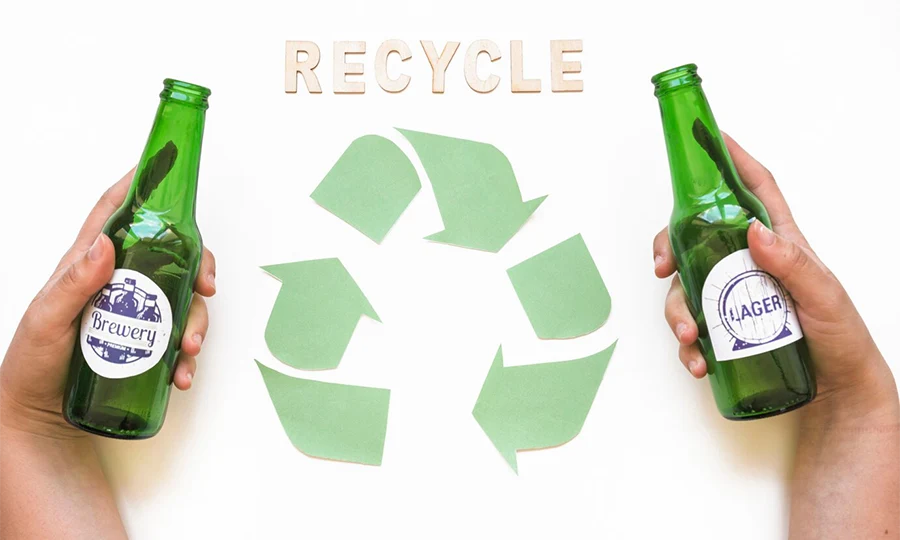
Types of Glass That Can Be Recycled
When we’re discussing glass, one of its most impressive features is its recyclability. Most glass—like your everyday soda bottles and food jars—is recyclable. These items can often go straight into your curbside recycling bin. Just make sure to rinse them out first! However, not all glass is created equal. Some types, like glass cookware (think Pyrex) and mirrors, are typically not recyclable due to the treatments they undergo.
The Recycling Process: What You Should Know
The recycling process can be a bit tricky. Contaminants, like ceramics or metals, can ruin an entire batch of recycled glass. Even the smallest bits of adhesive or labels can complicate things. So, when you’re recycling, try to keep it clean. Always check with your local recycling guidelines to ensure you’re doing it right.
What Types of Glass Are Recyclable?
Recycling glass is a crucial component of sustainable waste management, and understanding which types of glass can be recycled is essential for maximizing recycling efforts. Generally, the recyclability of glass is influenced by its color and composition. Clear, green, and brown glass are the most commonly accepted materials for recycling, making them ideal choices for environmental sustainability. Since glass cannot decompose or degrade, recycling is a vital option when reuse isn’t possible.
Glass Bottles
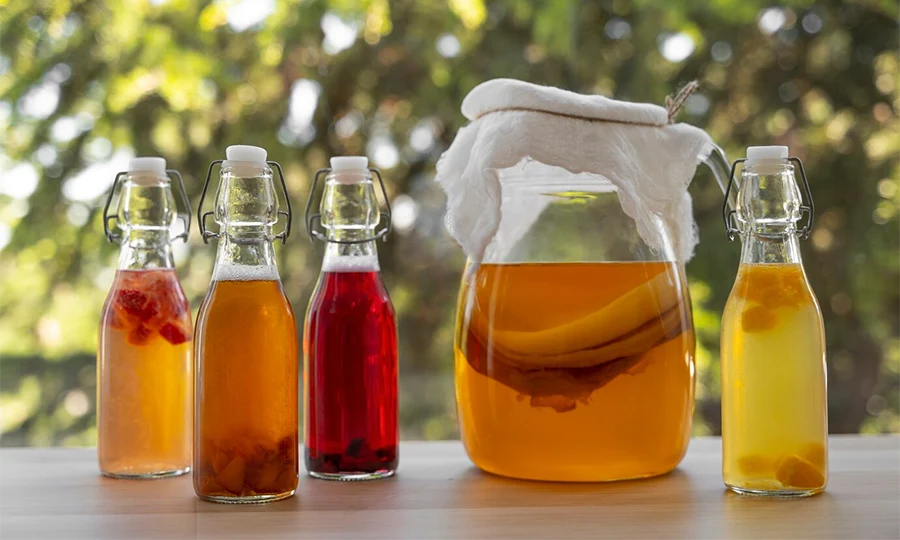
One of the most recyclable types of glass is bottles, particularly those used for beverages like soda and beer. These bottles are designed for easy recycling; however, it’s important to clean them before tossing them into the recycling bin. Rinsing out any residual liquid helps meet industry standards for cleanliness, ensuring that the recycling process remains efficient. Not only can you recycle these bottles, but they can also be creatively reused at home. For example, you can transform them into charming vases for flowers or turn them into refillable hand soap dispensers by adding a pump.
Glass Jars
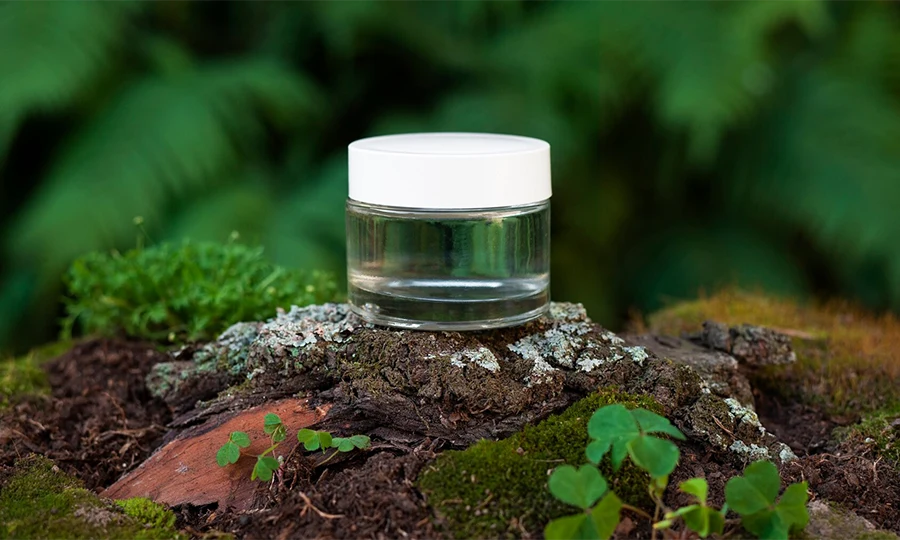
Similar to bottles, glass jars from products like jams, pickles, and olives are fully recyclable, provided they are rinsed out first. These jars offer an excellent opportunity for both recycling and reuse. After enjoying the contents, consider repurposing the jars to organize items around your home, such as storing spices, herbs, or even jewelry. This not only helps reduce waste but also promotes a more organized living space.
Additional Recyclable Glass Items
In addition to bottles and jars, there are a few other glass items that you can typically recycle, including:
- Food Containers: Glass containers used for takeout or pre-packaged meals can often be recycled, just remember to clean them out.
- Wine Bottles: Like beverage bottles, wine bottles can be recycled if rinsed clean.
- Beer and Cider Bottles: These are also widely accepted in recycling programs.
By focusing on these recyclable glass items, you can help maintain a clean and efficient recycling stream. Remember, the key to successful glass recycling is not just about knowing what can be recycled, but also ensuring these items are clean and free of contaminants before they reach the recycling facility. Engaging in these practices supports a more sustainable future and reduces overall waste in our communities.
Why Is Some Glass Non-Recyclable?
When it comes to recycling glass, you might be surprised to learn that not all glass products are created equal. While glass is highly recyclable, certain types simply cannot be processed in the same way, and understanding why is crucial for effective recycling efforts.
One of the main challenges in recycling glass lies in the diversity of glass types and their compositions. Each type of glass contains different quantities and combinations of compounds, which can complicate the recycling process. For instance, items like drinking glasses, wine glasses, and ceramic dishes may not be recyclable due to their specific formulations. These products can contaminate recycling streams, leading to a significant drop in the quality of the recycled material.
Contamination is a critical issue in glass recycling. When glass items are mixed with ceramics, porcelain, or other materials, it can weaken the recycled output, making it unsuitable for reuse. Furthermore, certain glass products, such as crystal glassware, often contain lead—a hazardous material that cannot be processed with regular glass. The varying melting points of different glass types also add to the complexity; when these glasses are combined, they can create challenges in melting and reshaping.
In addition to contamination, recycling facilities often reject glass items that are coated or treated. For example, colored glass items may not be recyclable alongside clear glass due to the specific treatment processes used for coloring. Similarly, residues from adhesives or labels can complicate recycling, as they might interfere with the melting process or diminish the quality of the final recycled product. Broken glass also presents challenges; it poses safety risks during handling and can disrupt the sorting process, leading to inefficiencies.
Here’s a quick reference for some common non-recyclable glass items you should be aware of:
- Light Bulbs: Often contain metals and chemicals that are not safe for typical recycling.
- Mirrors: The backing coating makes them unsuitable for recycling.
- Glass Cookware: Treated to withstand high temperatures, which changes its composition.
- Windows: Often laminated or treated, making them difficult to recycle.
- Drinking Glasses: Some contain additives that render them non-recyclable, like borosilicate glass.
Being aware of these factors helps clarify why certain glass items cannot be recycled. By understanding the complexities involved, you can better contribute to clean and efficient recycling streams, ultimately supporting more sustainable practices in your community. The goal is to ensure that recyclable glass is kept pure and separated from non-recyclable items, paving the way for a greener future.
Can Broken Glass Be Recycled?
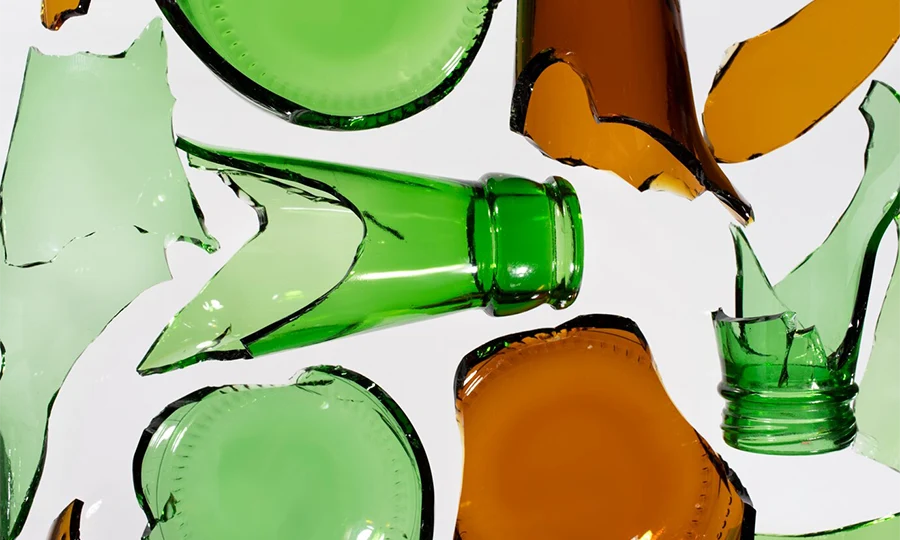
When it comes to recycling, many people wonder about the fate of broken glass. The straightforward answer is that, unfortunately, broken glass generally cannot be recycled. This limitation arises not from the glass itself, but primarily due to safety concerns for the workers who handle and sort these materials at recycling facilities.
Broken glass poses significant hazards for sanitation and recycling workers. The sharp edges can easily cause cuts and injuries, making it risky for staff members who are tasked with sorting through incoming materials. As a result, most recycling facilities have strict policies against accepting broken glass.
Instead of attempting to recycle broken glass, the recommended approach is to safely package it for disposal. A good practice is to place the shards in a sturdy shoebox or another sealed container. This prevents the glass from spilling or causing harm during handling. Once securely contained, you can simply dispose of it in your regular trash.
While it’s disappointing that broken glass cannot be recycled, there are alternatives you can consider. For example, if you have larger pieces of broken glass, some local community programs or waste management services may offer special collection days for hazardous materials where glass can be disposed of safely. Additionally, certain art and craft projects can repurpose broken glass safely, but this should only be attempted with proper tools and precautions.
Being mindful of how we handle broken glass not only ensures the safety of sanitation workers but also contributes to a more efficient waste management system. Remember, if you ever find yourself with broken glass, prioritize safety by containing it properly and disposing of it responsibly.
What Is the Most Eco-Friendly Way To Dispose of Glass?
When it comes to disposing of glass, making eco-friendly choices is essential for minimizing waste and promoting sustainability. Glass is a unique material because it is 100% recyclable and can be recycled indefinitely without losing its quality. This characteristic makes recycling one of the most effective methods for disposing of glass, allowing it to be transformed into new products repeatedly.
Recycling Glass
Recycling is the most eco-friendly way to dispose of glass. Most municipalities have curbside recycling programs that accept clear, green, and brown glass bottles and jars. Before you recycle, make sure to rinse out any residual contents to ensure the materials meet recycling standards. By participating in recycling programs, you’re helping to reduce the demand for raw materials, conserve energy, and decrease landfill waste.
Reusing Glass
In addition to recycling, reusing glass products is another excellent option. Many glass containers, such as jars and bottles, can serve multiple purposes around the home. For instance, old glass jars can be creatively repurposed into:
- Storage Containers: Use them to organize craft supplies, office materials, or kitchen items like spices and grains.
- Planters: Turn jars into charming mini planters for herbs or succulents.
- Decorative Items: Decorate glass bottles and jars for use as vases, candle holders, or centerpieces.
Engaging your creative side not only extends the life of these materials but also reduces the need for new products.
Local Eco-Friendly Initiatives
In some communities, there are eco-friendly initiatives that encourage the responsible disposal of glass. This may include drop-off recycling centers specifically for glass, or community art projects that utilize recycled glass. Participating in these initiatives can further enhance your commitment to sustainability.
Hazardous Waste Disposal
For broken or unsafe glass, recycling is not an option. In such cases, it’s crucial to handle the disposal responsibly. Place broken glass in a sturdy, sealed container and dispose of it in the trash. Check with your local waste management for any hazardous waste collection programs that may safely accept broken glass.
By choosing to recycle or reuse glass, you contribute to a more sustainable environment. Every small action counts, and being mindful of how you dispose of glass can lead to significant positive impacts on our planet. So, whether you’re recycling or getting creative with reuses, you’re playing an important role in promoting eco-friendliness!
Glass Waste in Landfills and Oceans: The Long-Term Impact
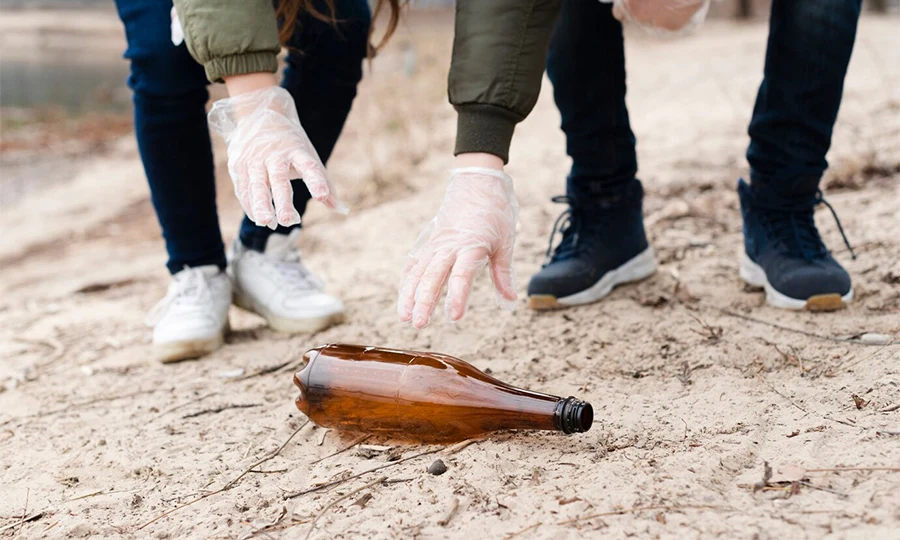
So, what happens when glass ends up in landfills or, worse yet, in the ocean? The truth is, glass doesn’t biodegrade, which means it can persist in these environments for an incredibly long time. In fact, a glass bottle can remain intact for over 4,000 years, and this timeframe can be even longer if it sits in a landfill. In landfills, it contributes to the growing volume of waste. In the ocean, broken glass poses a significant threat to marine life. While it doesn’t break down, it can shatter into smaller pieces, creating sharp debris that can harm wildlife.
New Technologies and Sustainable Development
Innovations in Glass Recycling Techniques
Just when you thought glass was all about the past, innovations are paving the way for a sustainable future. Recent advancements in glass recycling technology are making it more efficient. For instance, some companies are developing biodegradable glass that can break down naturally without compromising quality. Imagine a world where your glass waste doesn’t sit in a landfill for centuries!
Greener Manufacturing Processes
The glass manufacturing industry is also stepping up its game. Companies are increasingly looking toward renewable energy sources to power their production processes. This shift not only cuts down on the carbon footprint but also aligns with a broader goal of sustainability.
How to Reduce Glass Waste in Your Daily Life
Now that we’ve covered a lot of ground, what can you do to help reduce glass waste? Here are a few tips:
- Recycle Wisely: Always rinse out your glass containers before recycling. Follow local guidelines for what can and cannot be recycled.
- Choose Reusable: Opt for reusable glass containers for food storage or drinks. It’s a simple way to help reduce single-use glass.
- Get Involved: Participate in community clean-up events to help keep glass (and other waste) out of the environment.
- Spread the Word: Educate your friends and family about the importance of recycling glass and the differences between biodegradable and non-biodegradable materials.
Conclusion
So, is glass considered biodegradable? The answer is a resounding no. Glass, while not biodegradable, has its own set of advantages. Its chemical stability means it won’t leach toxins into the environment, and its recyclability allows for a more sustainable lifecycle. As we strive for eco-friendliness, understanding the role of different materials in our world is crucial. By recycling glass and making mindful choices, we can help reduce waste and promote sustainability. After all, every little bit counts when it comes to protecting our planet!
If you’re looking to incorporate eco-friendly practices into your business, consider using glass cosmetic packaging from UKPACK. They offer a variety of glass solutions, including refillable airless glass bottles, which are both eco-friendly and sustainable. Choosing such packaging not only enhances the appeal of your products but also aligns your brand with environmentally conscious values.
FAQs
Q1. Can glass be recycled indefinitely?
Yes! Glass can be recycled indefinitely without losing quality, making it a sustainable choice for many products.
Q2. What types of glass are typically not recyclable?
Items like mirrors, light bulbs, and glass cookware are often not recyclable due to their treatments and materials.
Q3. How long does glass last in the environment?
Glass can take thousands of years to break down, illustrating the importance of recycling it properly.
Q4. Is recycled glass less expensive to produce than new glass?
Yes, using recycled glass reduces energy costs and raw material expenses, making it a more economical choice for manufacturers.
Q5. What is the impact of glass in oceans?
While glass doesn’t biodegrade, it can break into smaller, sharp pieces that pose risks to marine life and ecosystems.
Sources:
Facts About Glass Recycling – Source: https://www.gpi.org/